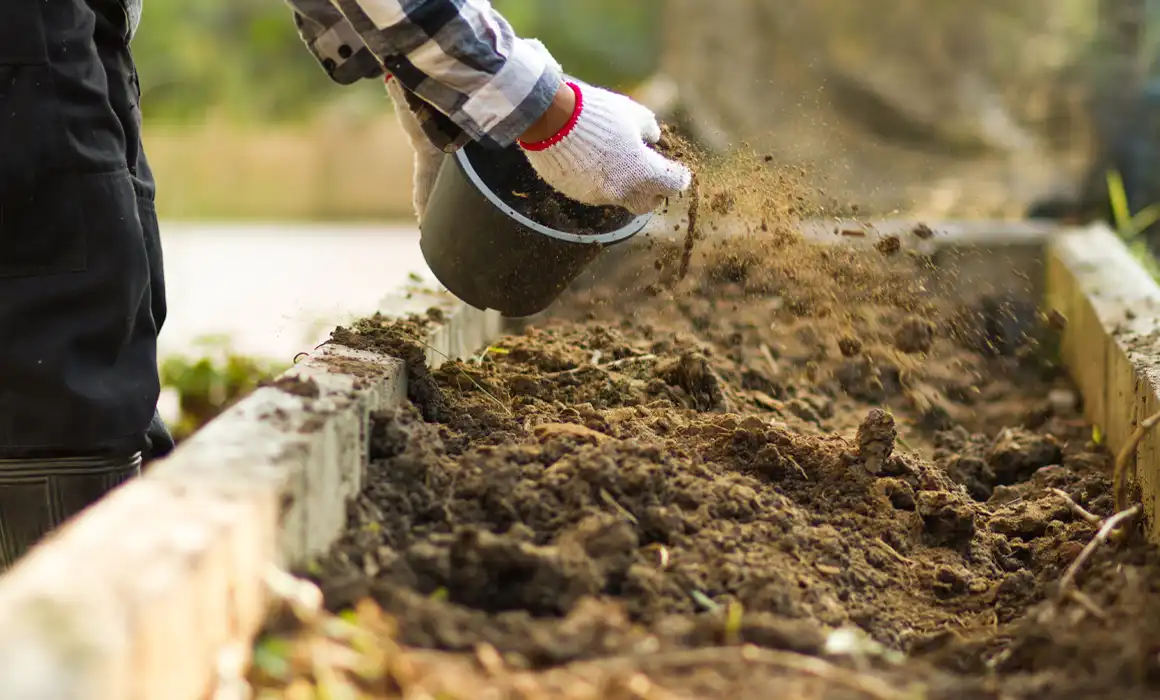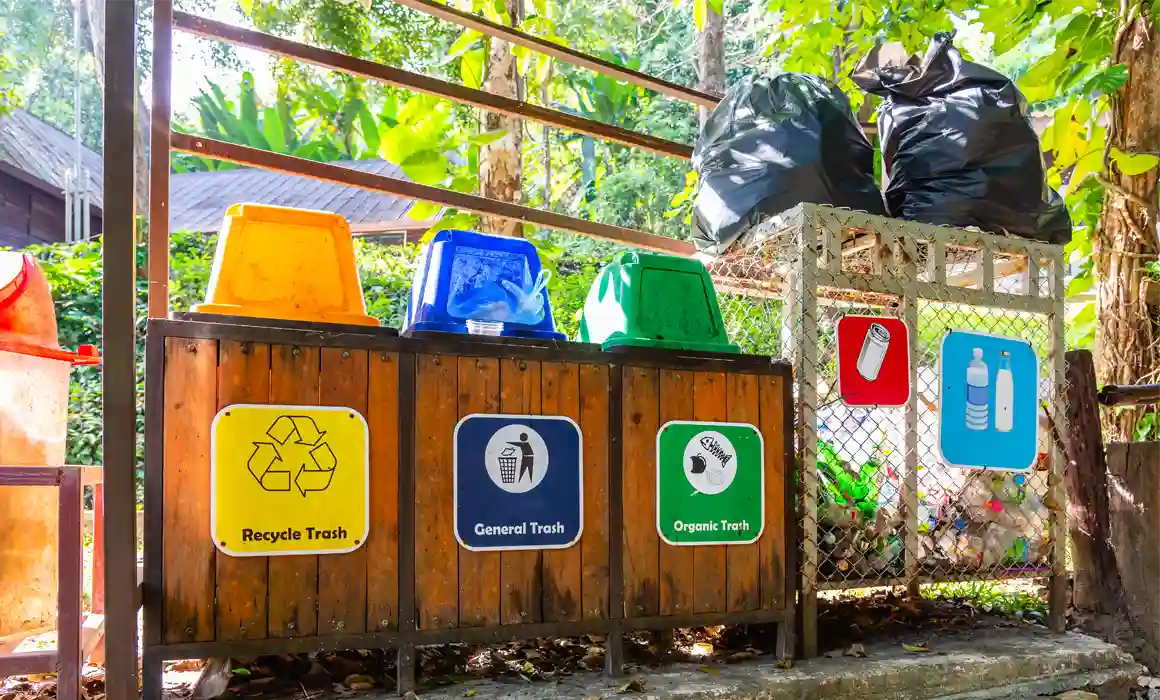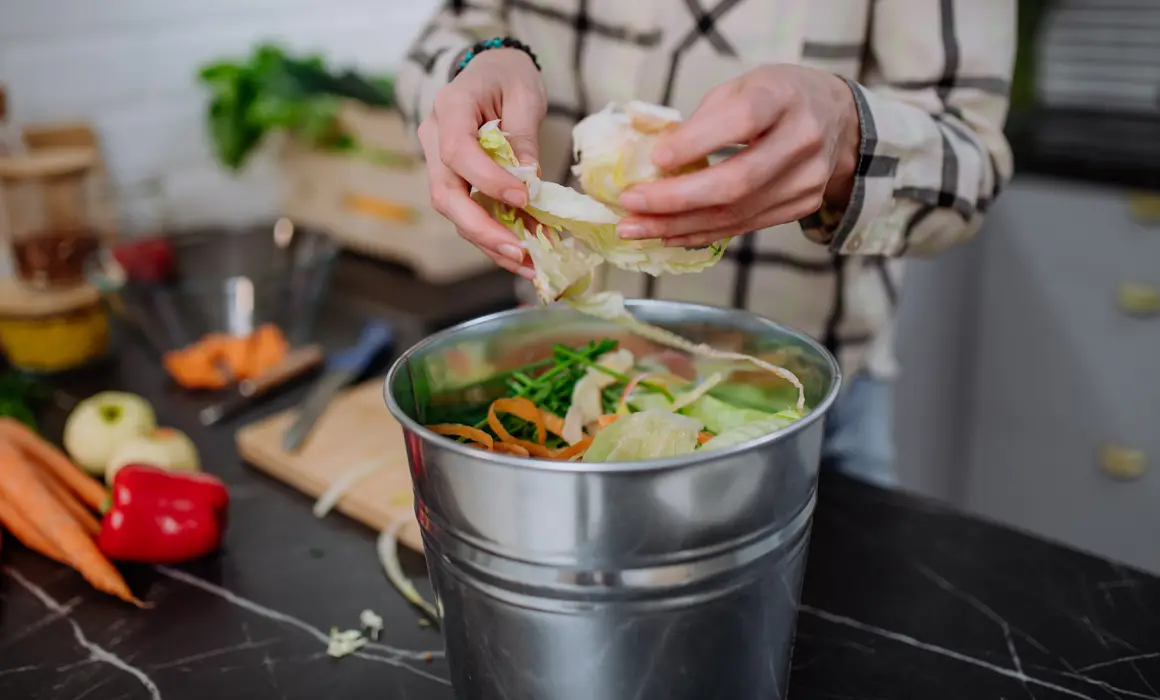Composting is a great way to reduce waste, create nutrient-rich soil for your garden, and help the environment. With the various composting options available, it can be difficult to choose which one is right for you. In this article we compare backyard composting and bio composting in terms of accepted materials, time needed, labor involved, cost implications and maintenance requirements.
Accepted Materials
- Backyard Composting – Backyard compost piles are an excellent way to turn food scraps, lawn clippings and leaves into nutrient-rich soil; however they need the right ratio of carbon-dense materials (e.g., dry leaves, newspaper, straw & wood chips) to nitrogen-dense material (e.g., grass clippings & vegetable scraps). Animal manure from vegetarian animals such as chickens or rabbits should only be used as meat & fish can attract pests & rodents.
- Rapid Composting – Rapid composters are designed specifically for food waste and for indoor use. They quickly break down most scraps including meats, fish & dairy products without concerns about needing C:N ratios or attracting unwanted pests/rodents, producing a nutrient-rich compost through their revolutionary process!
Processing Time
- Backyard Composting – Patience is needed when it comes to backyard compost piles; they typically take anywhere from 3 months up to one year to decompose completely. This depends on how often you turn it over, its size and structure, among other factors. If neglected for too long, however, the pile could take much more than one year before producing usable compost; hence why regular maintenance is essential here!
- Rapid Composting – Rapid composter appliances are quicker than traditional backyard methods since they use an automatic aeration cycle and maintain consistent & optimal temperatures as opposed to relying solely on natural decomposition processes. Some models such as Reencle Home Composter can even convert food scraps into usable fertilizer within 24 hours!
Labor Involved
- Backyard Composting – Creating successful backyard piles requires physical labor mainly because turning over/mixing them regularly helps accelerate decomposition times significantly plus manual labor required when adding new materials every few weeks/months e.g., shovel work etc.
- Rapid Composting – With rapid composting appliances there isn’t really any physical labor apart from taking out finished fertilizer now and then and replacing filters once every 9-12 months. Reencle composters come equipped with mixing blades featuring preprogrammed aeration cycles plus sensors regulating temperature/moisture alongside motion sensing open close lid functionality etc.
Cost Implications
- Backyard Composting – Setting up a basic backyard system usually costs around $100-$200 depending on factors like size & design, but larger DIY setups can cost upwards of $500+ especially if extra features such as insulation layers are included during construction stages etc. Since maintaining one does involve quite bit manual effort though additional costs may arise further down line due replacement parts being bought frequently e.g., tumblers wheels getting worn out after repeated usage etc.
- Rapid Composting – Rapid composter appliances come in a variety of prices, ranging from $400 to over $2,000. Despite the initial cost, running costs are reduced due to the modern technology used which saves time and labor when dealing with food waste. Additionally, these systems don’t require constant attention like traditional composting methods do; instead, they bring great convenience by cutting down trips to curbside bins and eliminating plastic bag usage for food scraps.
Maintenance Requirements
- Backyard Compost Piles – Moderate maintenance is needed here, which includes turning the pile every one or two weeks to ensure proper aeration and mixing of materials. It’s also important to monitor moisture levels in order to prevent sogginess while too little water may impede decomposition. Additionally, you may need to add additional carbon-rich material if the pile becomes unbalanced or starts emitting an unpleasant odor.
- Rapid Composters require minimal upkeep in comparison to traditional backyard compost piles. These self-regulating systems take care of temperature, moisture levels and regular aeration for the optimal decomposition conditions inside the bin. All you need to do is add scraps as they come up and remove finished compost when it reaches capacity. The filter eliminating unpleasant odors and pathogens will have to be replaced every 9-12 months. Rapid Composting is perfect for households who want fast results but don’t have time to tend their pile on a daily or weekly basis.
No matter which type of composting you choose, it is important to remember that composting is a great way to reduce the amount of food waste that goes into landfills and to create a more sustainable environment. Both backyard composting and rapid composters offer viable options; however, they require different levels of labor, cost implications and maintenance requirements. Ultimately it depends on what you are looking for – if you have time to manually tend your pile regularly then backyard composting could be the right choice; however, if convenience is key then Rapid Composters may be more suitable as they offer fast results with minimal effort needed!





